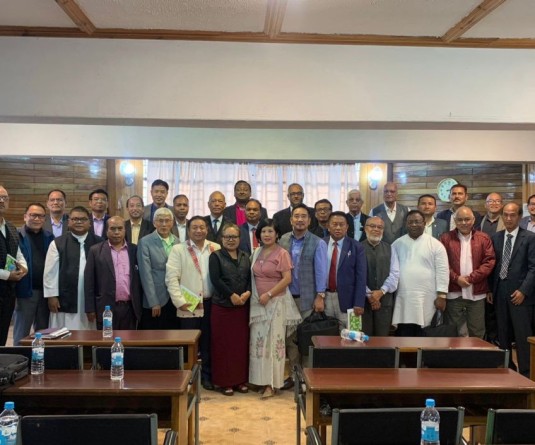
Paunamheing Perang
Assistant Professor, Department of Sociology
Yemhi Memorial College, Dimapur
Traffic congestion increases vehicle emissions and degrades ambient air quality and recent studies have shown excess morbidity and mortality for drivers, commuters and individuals living near major roadways. Presently, our understanding of the air pollution impacts from congestion on road is limited. Health risks from congestion are potentially significant and that additional traffic can significantly increase risks, depending on the type of road and other factors. Evaluation of risks associated with congestion must consider travel time, the duration of rush-hour, congestion specific emission estimates and uncertainties.
The rising of congestion and pollution found in our cities can be attributed directly to the rapidly increasing number of private cars in use. Attempt must be made to encourage people to use their cars less and public transport more. Without a doubt, there are reasons people relying on use of personal cars for transport. But also, there are several methods that can be used to mitigate levels of congestion and pollution, one of them is by making improvements in public transport. Responsibilities fall on every individual. Funds should be allocated in order to make these services cheaper and more reliable. A straight solution should be taken to deal with congestion and pollution problems. I believe that problem of traffic congestion and air pollution could easily be reduced by making improvements and making public transport more available, inexpensive and reliable.
To come out from this deterioration and to secure safe and healthy environments and improve the quality of life it will be useful to organize programs, initiate and implement that treat jointly traffic congestion, air quality and road safety. In view of the conflicting objectives that may exist between improving air quality and reducing road fatalities and traffic congestion, it is of great importance to investigate thoroughly these functional relationships. Such studies will help decision makers identify the socially optimal level of congestion that will yield the highest net social benefit.




